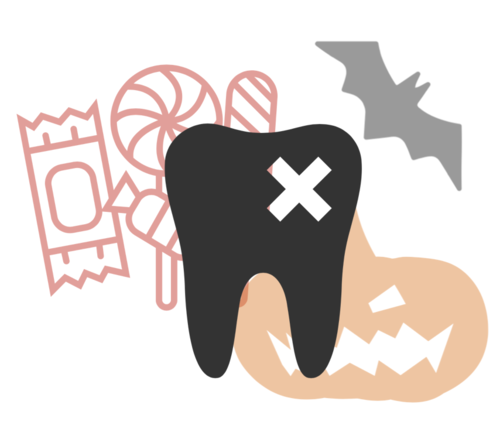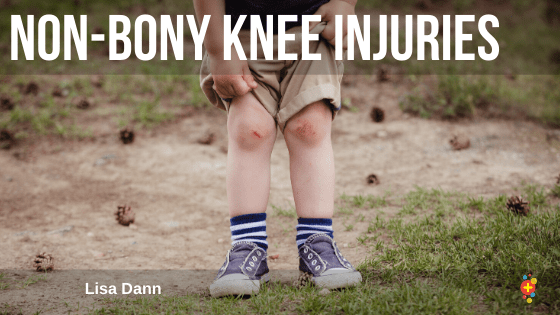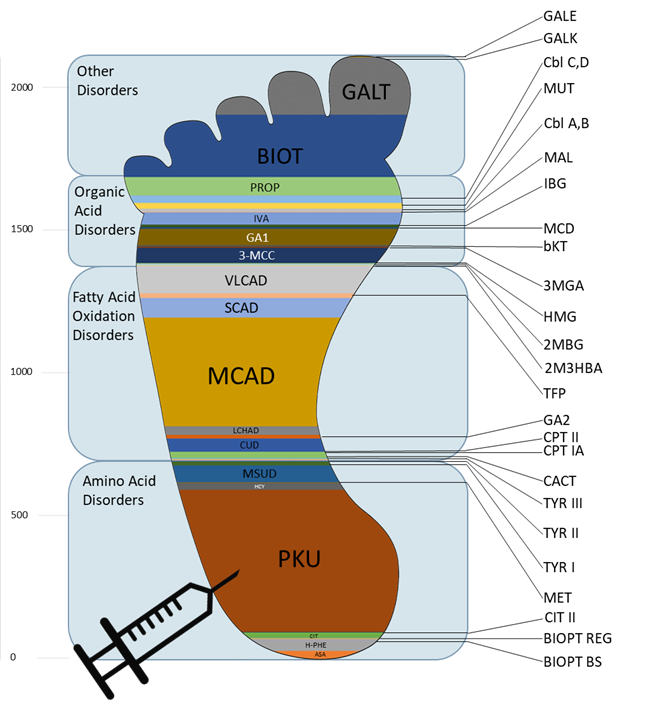Revision Resources
Recent Posts View All
December FOAMed
Bacterial vs Viral Meningitis

The meningitis score for emergencies appears to be very accurate in predicting bacterial vs viral meningitis, but it needs further prospective external validation before we put it into practice.
Dental Infections: To Treat or Not to Treat?

Remember as a kid when you would come downstairs only to find your parent devouring your hard-earned Halloween candy? Consider it a favor. Though delicious, those globs of sticky sugar are a common culprit of toothaches for kids & adults alike, as well as headaches for emergency room providers. Whether in the emergency department itself, or while being cornered by a neighbor as you head out your front door, we are commonly confronted by someone holding the side of their face in agony, slowly mumbling ‘can you help me doc?’, as they wince in pain in between each word.
Soft Tissue Knee Injuries

As popularity and intensity of children’s sports increases there are increased demands placed on children and adolescents. This has resulted in an increased presentation of children like Sam. They can present with knee pain that is traumatic or atraumatic, acute or chronic. Paediatric patients are particularly vulnerable to overuse injuries involving the physes and apophyses due to their inherent weakness (see post, hyperlink article on fractures around knee). Along with these there has also been an increase in soft tissue injuries. These are seen more commonly in older children/adolescents as their bones become stronger and are less likely to fracture with age.
Inborn Errors of Metabolism

A 7-year-old girl is brought to the ER by her mom for vomiting. Her mom states she has vomited 5 times this morning and hasn’t been tolerating PO intake. The girl’s brother recently had a “24-hour stomach bug” per mom. Within the past hour, the girl has been difficult to arouse and mumbling random words. Mom says she has a history of S-CAD.
Liver Emergencies

We clear up the confusing balance between thrombosis and bleeding in liver patients, the elusive diagnosis of portal vein thrombosis, spontaneous bacterial peritonitis diagnosis and treatment and some tips and tricks on paracentesis. We answer questions such as: How is it that liver patients are at increased risk for both thrombosis and bleeding? How should we interpret the INR of liver patients in the setting of thrombosis or bleeding? Should a liver patient with an elevated INR be placed on an anticoagulant for portal vein thrombosis or pulmonary embolism? Is there a role for TXA in the bleeding liver patient?
Are you sure you wish to end this session?

